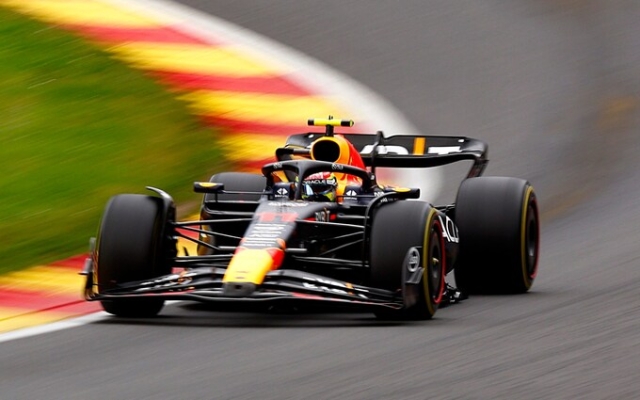 Red Bull has won all 12 Formula 1 Grands Prix this season. Photo: Getty Images/Francois Nel
Red Bull has won all 12 Formula 1 Grands Prix this season. Photo: Getty Images/Francois Nel
Red Bull's march to a second consecutive double championship is imminent as their 12th win this season was Max Verstappen's eighth in a row.
Verstappen is that far ahead that he couldn't reach the next six rounds and still lead the standings with his teammate Sergio Pérez. The only potential intrigue at the forefront is whether Red Bull can achieve something that has never been done before and win every race.
The RB19 is currently the most dominant car in Formula One history. The team recently broke a longstanding record of 13 straight wins (excluding sprint races) and there's not much reason to bet against extending that.
If he's going to be the best at the end of the season, he'll need to beat some of the strongest rivals. The car in the lead is the 1988 McLaren MP4/4, which won 15 out of 16 rounds that year in the hands of Ayrton Senna and Alain Prost.
Both Senna and Prost also led the competition once, with the winner finishing more than 50 seconds ahead of the next best car six times. It has long been a benchmark in the list of dominant cars. Many F1 fans look at him with misty eyes, and rightly so.
While he is fresh in memory, you can also make a similar argument about the 2014 Mercedes W05. This car was the first of the new rules and started an unbeaten streak of dominance. He won 16 out of 19 rounds, took pole in all but one race, and had an average winning lead of 23 seconds over the leading non-Mercedes.
There are a few other Mercedes cars from the start of the turbo-hybrid era that lay claim to being the most dominant F1 car ever. The 2002 season for Ferrari is also ahead. Are these cars more significant than the RB19? Maybe. Are they more dominant? No.
So how is car dominance defined? There must be a difference between the dominance of the car, its speed and how significant it is. Dominance is all about maximizing your results, speed is an advantage, while significance takes into account more intangible things that are not measured by a stopwatch. When it comes to dominance, winning on Sunday is important, as is the most points.
Undoubtedly, there are other, more significant and «cult» F1 cars in history. The MP4/4 has 35 years of history and legend when it comes to value. The Ferrari 312T won three drivers' championships and two constructors' championships, and the Lotus 78 became the first ground effect F1 car. However, none of them can claim to be the most dominant in F1 history, no matter how important they are. In clear dominance, Red Bull is in the lead, and the statistics confirm this.
Telegraph Sport analyzed the numbers using two metrics — the percentage of wins in a season and the percentage of available points scored by a team — to reveal the most dominant F1 cars since 1980, when two-car teams became the norm and there were more cars. often changed every year.
Overall Dominance Rating is the percentage of race wins per season combined with the percentage of available points scored (using the unified scoring system used in F1 from 2010 to 2018). ) and then halve to get a score out of 100. So a perfect score of 100 is only possible if the team wins every race by finishing first and second in all of them.
The top 10 includes modern cars, with seven out of 11 cars made after 2013. That says a lot about the state of the art in F1, but it's also due to the tremendously increased reliability.
Ranking the most dominant F1 cars 1980-2022. most dominant cars in F1 — 1980-present6) 2014 Mercedes W05 — dominance score: 83.48
Race wins: 16/19 (84.21%)
Available Points: 82.74%
Drivers: Lewis Hamilton, Nico Rosberg
Drivers' Championship:1st Lewis Hamilton (359 points), 2nd Nico Rosberg (317 points), 3rd Daniel Ricciardo (226 points)
Championship Constructors: 1st Mercedes (676 points), 2nd Red Bull (389 points), 3rd Williams (287pts)
 Lewis Hamilton took first place in 11 Mercedes W05 Grands Prix and won the F1 title. : Shutterstock/Mirafoto
Lewis Hamilton took first place in 11 Mercedes W05 Grands Prix and won the F1 title. : Shutterstock/Mirafoto
When Mercedes took part in the first race of the V6 turbo-hybrid era in Melbourne, they were ahead of the pack, with winner Nico Rosberg finishing 26.7 seconds ahead of the top non-Merced car. This advantage lasted throughout the season, with the average win per season only a few seconds short. Lewis Hamilton saw off his partner to the championship, winning 11 rounds along the way. The car also took pole positions in all races except the Austrian Grand Prix.
While that winning margin has declined in subsequent seasons, the W05 fails to outperform its immediate successors, largely because it had five retirements during the season, compared to two and three in 2016 and 2017. It may be a more «significant» car than what came after, but it didn't quite beat them all in dominance.
5) 2015 Mercedes W06 — dominance score: 85.13
Race wins: 16/19 (84.21%)< br />Points scored: 86.05%
Drivers: Lewis Hamilton, Nico Rosberg
Drivers' Championship:1st place Lewis Hamilton (381 point), 2nd Nico Rosberg (322 points), 3rd Sebastian Vettel (278 points)
Constructors' Championship: 1st Mercedes (703 points), 2nd Ferrari (428 points), 3rd place Williams (257 points) )
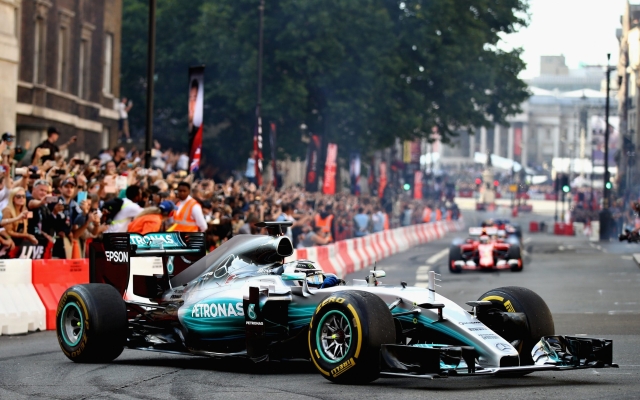 Lewis Hamilton won his third Drivers' Championship in a Mercedes W06. Photo: Getty Images/Clive Mason
Lewis Hamilton won his third Drivers' Championship in a Mercedes W06. Photo: Getty Images/Clive Mason
The 2015 W06 has exactly the same winning percentage as the W05, but a better scoring record. In fact, it ranks first in this respect among season-ending cars, with its immediate successor in second place. This car was a simple evolution of the W04 and it picked up where that car left off as Hamilton won his second title for Mercedes and his third overall. Once again, all but one of the poles were required.
The Constructors' Championship was completed with four remaining rounds, and the team also set a record with both cars on the podium for nine straight rounds. Ferrari finished closer to them than Red Bull in 2014, but not by much.
4) 2002 Ferrari F2001B/F2002 Dominance Score 85.36
Race wins: 15/17 (88.24%)
Points scored: 82.49%
Drivers:Michael Schumacher, Rubens Barrichello
Drivers' Championship: 1st Michael Schumacher (380 points), 2nd Rubens Barrichello (223 points), 3rd Juan Pablo Montoya (175 points)
Constructors' championship:1st Ferrari (603 points), 2nd Williams (332 points), 3rd McLaren (245 points)
 Ferrari drivers Michael Schumacher and Rubens Barrichello won 15 out of 17 races between them in the 2002 season. Photo: Getty Images/Mark Thompson
Ferrari drivers Michael Schumacher and Rubens Barrichello won 15 out of 17 races between them in the 2002 season. Photo: Getty Images/Mark Thompson
Between 1999 and 2004, Ferrari won six consecutive constructor titles under Michael Schumacher. However, they only really cleared in two of those seasons, in 2002 and 2004. In 1999, 2000, 2001 and 2003, the winning percentage was less than 60 percent.
Technically, the F2001s from the previous 2002 season competed in the first three rounds, so it would be more accurate to say that we are judging the dominance of Ferrari cars in 2002 and not just one car.
The 2002 season for Ferrari is the only time they have made it into the top six, although the F2004 is in seventh place with a fairly comparable result. Ferrari's 2004 season is perhaps more memorable, as it made it the fifth consecutive season that Schumacher walked to his seventh title, but 2002 was a better year, judging solely by results, though not by much.
3rd) 2016 Mercedes W07 — Dominance score 87.6
Race wins: 19/21 (90.48%)
Points available: 84.72%
Drivers: strong > Lewis Hamilton, Nico Rosberg
Drivers' Championship: 1st Nico Rosberg (385 points), 2nd Lewis Hamilton (380 points), 3rd Daniel Ricciardo (256 points)
Constructors' Championship :1st Mercedes (765 points), 2nd Red Bull (468 points), 3rd Ferrari (398 points)
 The Mercedes W07 is one of only two cars to have won over 90% of the races in a season. Photo: Getty Images/Paul-Henri Cahier
The Mercedes W07 is one of only two cars to have won over 90% of the races in a season. Photo: Getty Images/Paul-Henri Cahier
Five of the top 10 on this list are Mercedes cars, and the 2016 W06 is third in the top five, ending three amazing years for Toto Wolff's team. Whatever Red Bull's stats look like at the end of this season, it's worth remembering just how far ahead Mercedes were at the start of the turbo-hybrid era.
Although their average winnings were lower to 14.6s by 2016, 90.48% of the races they won this year are second only to MP4/4s in completed seasons. They are the only two cars to win over 90% of the races in a season. Their 84.72% of available points also rank second in the list of completed seasons.
If not for the departure of Lewis Hamilton in Malaysia and the clash of Rosberg and Hamilton in Spain, this could be a new benchmark.
2nd) 1988 McLaren MP4/4 Dominance Score 88.74
Race Wins: 15/16 (93.75%)
Points available: 83.72%
Drivers: Ayrton Senna, Alain Prost
Drivers championship: 1st place Ayrton Senna (275 points) * 2nd place Alain Prost (301 points) 3rd place Gerhard Berger (147 points)
Constructors' championship: 1st place McLaren (576 points 2nd place Ferrari (239 points) 193 ts)
*Prost scored more points than Senna, but Senna won the title as only the top 11 scores counted for the championship.
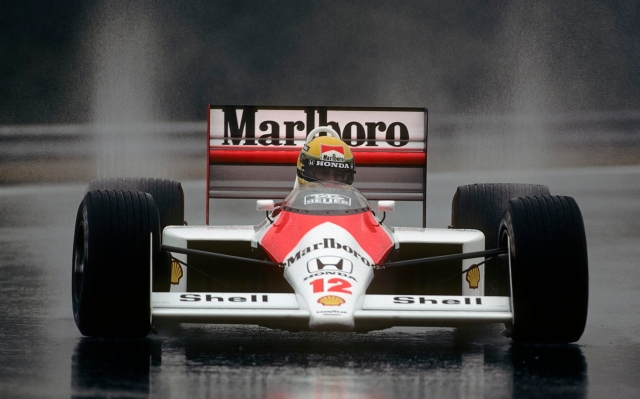 Ayrton Senna's McLaren MP4/4 has set the standard for Formula One cars for almost four decades. Photo: Getty Images/Paul-Henri Cahier
Ayrton Senna's McLaren MP4/4 has set the standard for Formula One cars for almost four decades. Photo: Getty Images/Paul-Henri Cahier
The McLaren MP4/4, designed by Gordon Murray, has been the benchmark for Formula 1 cars for 35 years. Its aesthetic magnificence is one thing, but its record as the most dominant car for an entire season in F1 history still stands as of now. Prost won seven times and finished second seven times, but it wasn't enough to beat Senna because of the way the driver's title was calculated.
This is all the more impressive given that there were fewer races in the eighties and nineties, which means that the penalty for not winning one race had a greater impact on the percentage of races won. Reliability was also much worse during this period. No other team in the period we are considering won all the races in a season, except for one. The scoring percentage available was also the third highest.
If Red Bull manages to topple the MP4/4 at the end of the season, it will be a monumental achievement.
1st) Red Bull RB19 — dominance score: 94, 38
Race wins: 12/12 (100%)
Points scored: 88.76%
< strong>Drivers: < /strong>Max Verstappen, Sergio Pérez
Drivers' Championship:1st Max Verstappen (286 points), 2nd Sergio Perez (172 points) 3rd place Fernando Alonso (142 points)
Constructors' Championship: 1st Red Bull (458 points), 2nd place Mercedes (233 points) 3rd Aston Martin (183 points) )
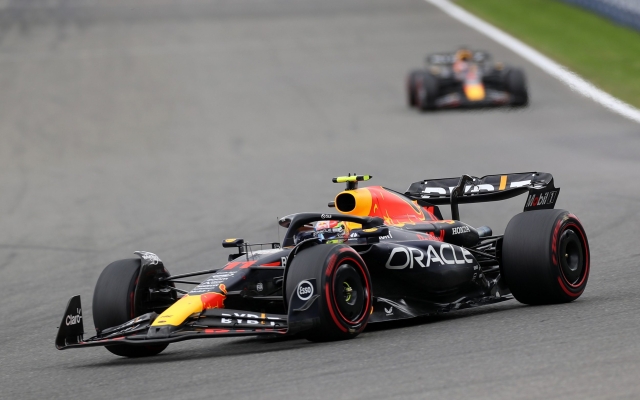 The Red Bull RB19 dominates this season. Photo: Getty Images/Peter Fox
The Red Bull RB19 dominates this season. Photo: Getty Images/Peter Fox
Of course, the big caveat here is that we're barely halfway through the season. However, Red Bull's 2023 dominance figure is still slightly ahead of the McLaren MP4/4, even with Sergio Pérez's performance deteriorating since Miami.
Other things being equal, Red Bull will top McLaren at the end of the year. At the very least, this car had a collision threat for their drivers, and that was at a time when reliability was much worse. Perez can't match Verstappen and Red Bull looks bulletproof. However, things can still go wrong. F1 produces strange results from time to time, and there is not much room for error.
To have the best win percentage of any team in F1 history (beating McLaren by 93.75% in 1988), they need to win nine out of the next 10 rounds. This would lead them to 30 wins out of 32. Stunning. But if they fail to win more than one race before the close of the season, the McLaren record will stand.
They also currently have the best percentage of available points in this era, but it will fall quickly. with any resignation or if Perez's form worsens. The difficulty for Red Bull to be number one on this list five months from now is that there are 10 possibilities for something to go wrong.
If they manage to do it, it's will be a stunning achievement for all involved. . Even if not, the current form of Red Bull and Max Verstappen will be remembered by the sport as one of the greatest combinations in history.
Do you think Red Bull is currently the most dominant car in F1 history? Is there a better way to measure dominance? Say your opinion in the comments below.






























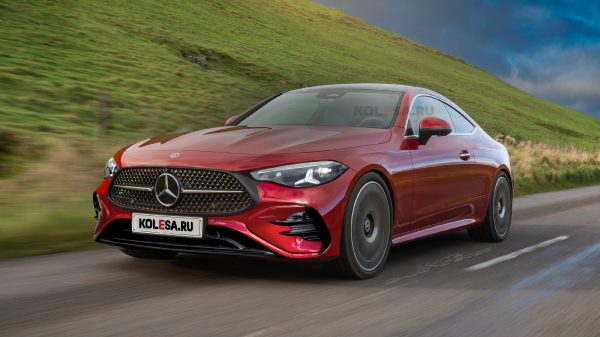
























Свежие комментарии